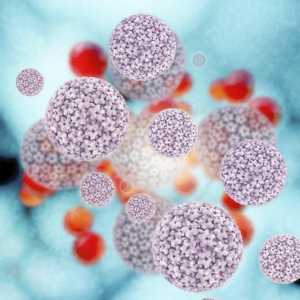Introduction to HPV

Human papillomavirus (HPV) is the most prevalent sexually transmitted infection (STI) in the United States.1 2 3 4 About 79 million Americans are infected, and there are about 14 million new infections each year. About 80% of sexually active women will have a high-risk HPV infection by age 50.
Risk factors associated with infection are common to other STIs, including new and multiple sexual partners and inconsistent condom use.
There are more than 100 types of genital HPV; about 13 are considered oncogenic (referred to as “high-risk”). Persistent high-risk HPV infection is the most important risk factor for cervical cancer precursors and cervical cancer.
References
1Bosch FX, de Sanjosé S. Human papillomavirus in cervical cancer. Current Oncology Reports 2002;4(2):175–183.
2Cates W Jr. Estimates of the incidence and prevalence of sexually transmitted diseases in the United States. American Social Health Association Panel. Sexually Transmitted Diseases 1999;26(4 Suppl):S2–S7.
3Myers ER, McCrory DC, Nanda K, Bastian L, Matchar DB. Mathematical model for the natural history of human papillomavirus infection and cervical carcinogenesis. American Journal of Epidemiology 2000;151(12):1158–1171.
4Watson M, Saraiya M, Ahmed F, Cardinez CJ, Reichman ME, Weir HK, Richards TB. Using population-based cancer registry data to assess the burden of human papillomavirus-associated cancers in the United States: overview of methods. Cancer 2008;113(10 Suppl):2841–2854.
- Page last reviewed: September 16, 2015
- Page last updated: September 16, 2015
- Content source:


 ShareCompartir
ShareCompartir